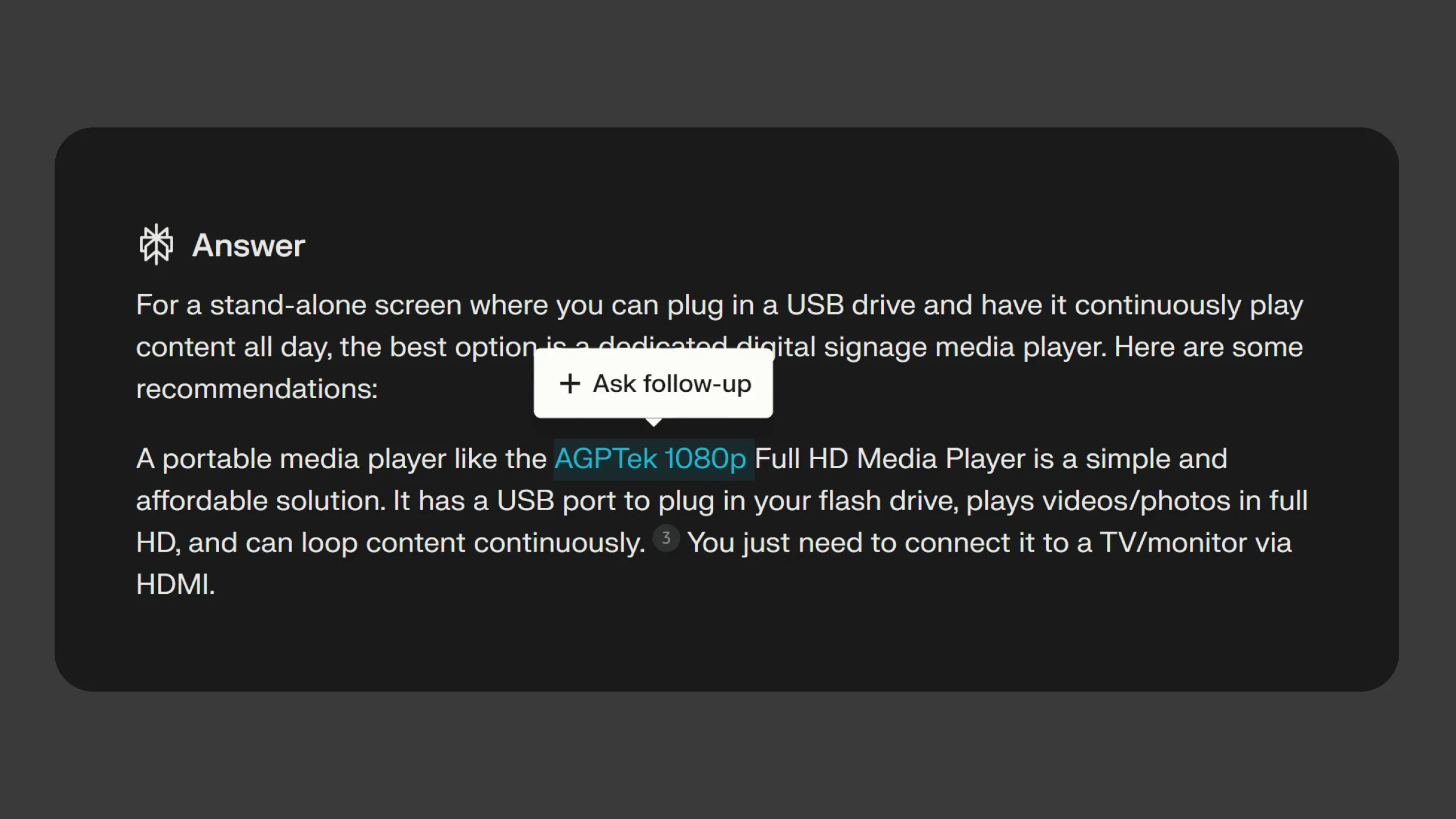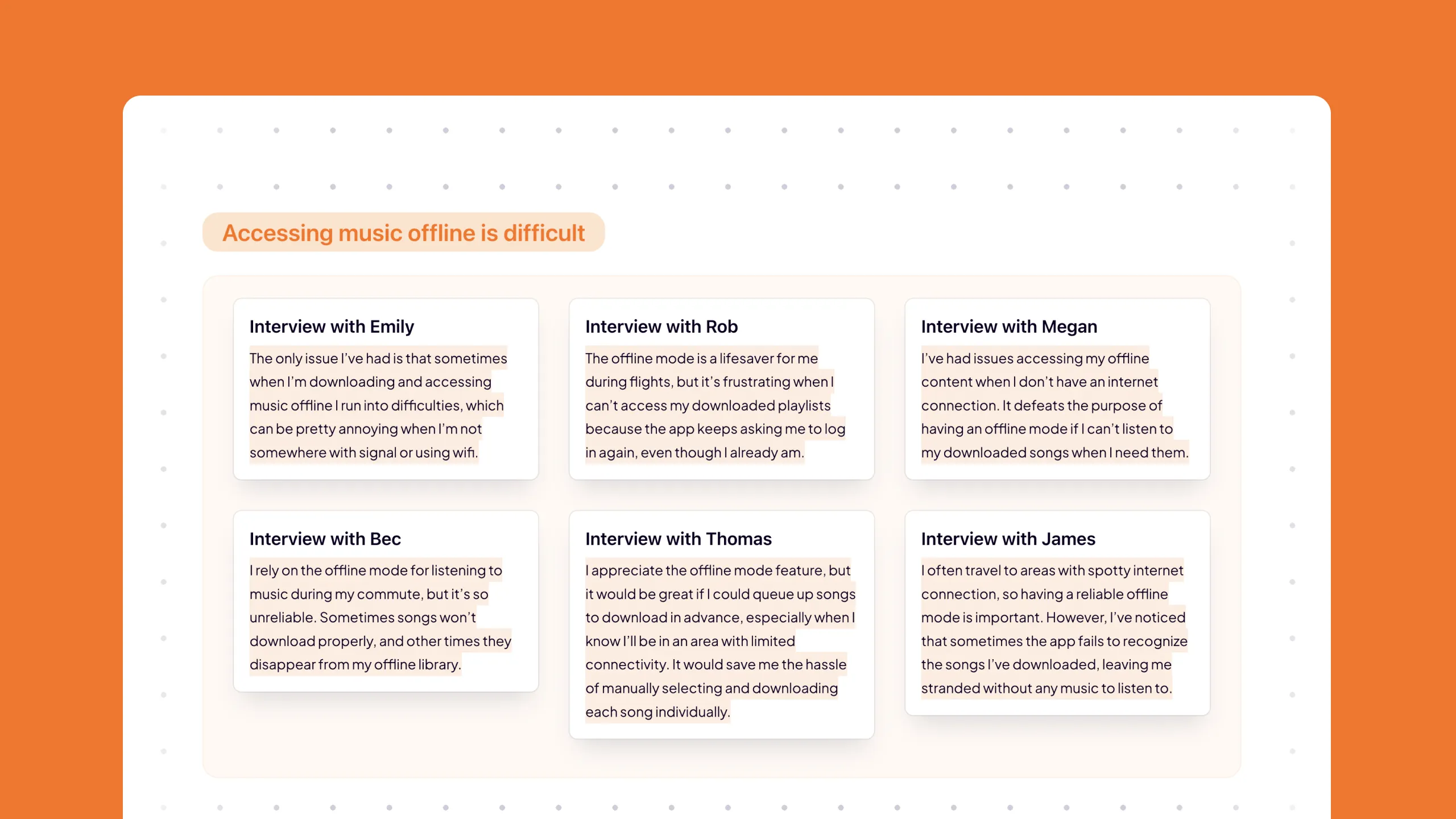Spatial Prompting
Spatial prompting integrates spatial relationships into prompts, offering a novel approach to manipulate concepts. This dynamic approach can lead to more intuitive and creative outcomes.


When using spatial prompting, I want to manipulate concepts through spatial relationships, so I can experiment and refine ideas more freely.


- Facilitating Flexible Thinking with Spatial Relations: Spatial relations facilitate playful and flexible thinking, enabling users to experiment and refine ideas more freely.
- Immediate Feedback and Control: The ability to quickly update outputs allows for immediate feedback and more control.
- Modality Considerations: Modalities like images and sound, are easily grasped but text will take more time so might be less suitable for such an interface

More of the Witlist

Letting people select text to ask follow-up questions provides immediate, context-specific information, enhancing AI interaction and exploration.

LLM’s are great at organizing narratives and findings. It's helpful to see the sources that support these conclusions, making it easier to understand the analysis and where it comes from.

AI actions often take time to complete. To improve user experience, use descriptions of what is happening combined with basic animations that represent different types of actions.

Use a spatial dimension to explore and manipulate language. By pulling text around on a map, you can play with different features in a playful and meaningful way.

Using the source input as ground truth will help trust the system and makes it easy to interpret its process and what might have gone wrong.

AI excels at classifying vast amounts of content, presenting an opportunity for new, more fluid filter interfaces tailored to the content.